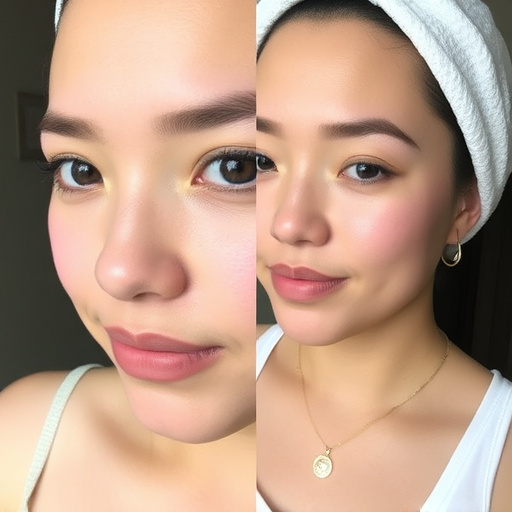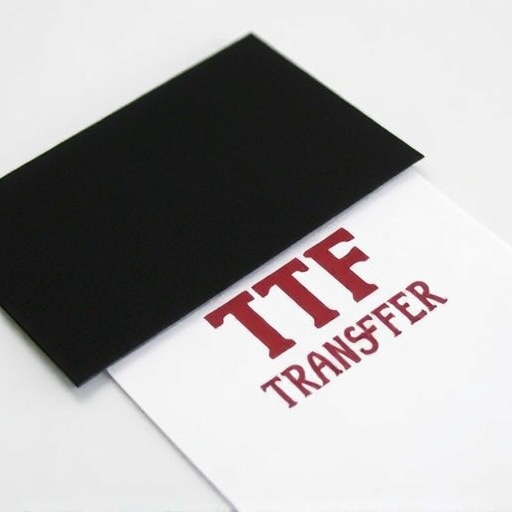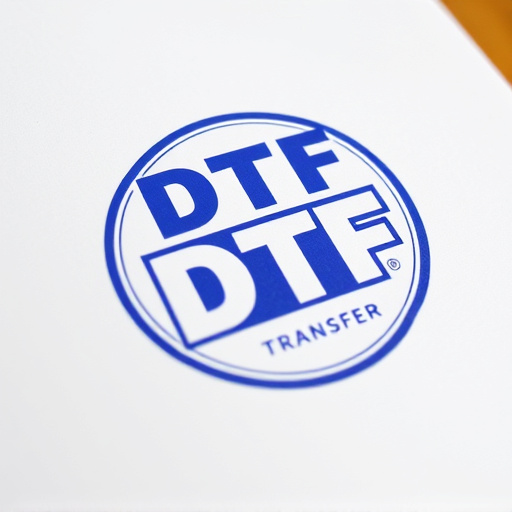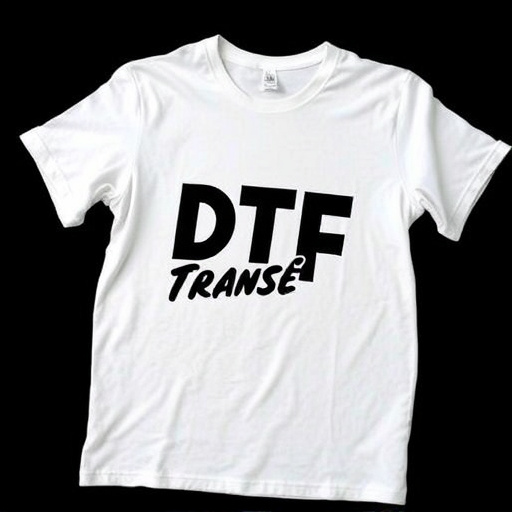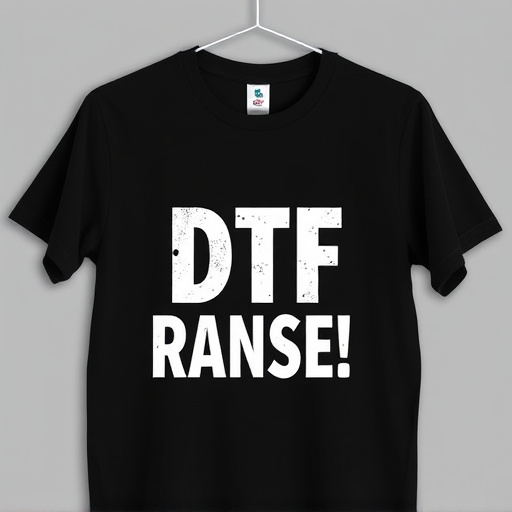Direct-to-Film (DTF) prints offer high-quality, durable imaging on various surfaces, ideal for indoor/outdoor uses in signage, vehicle wrapping, and decorative arts. Optimal adhesion depends on film type, environmental conditions (temperature, humidity), and proper surface preparation (cleaning, priming). Recommended conditions: warm temperatures (54°C–65°C) and moderate humidity, with a 24-hour cure time or as per manufacturer guidelines. Best practices for DTF prints include using suitable transfer tape/adhesive, cleaning surfaces, adequate drying time, and maintaining optimal environmental settings to ensure long-lasting adhesion.
Direct-to-film (DTF) prints have revolutionized signmaking, offering vibrant, durable visuals. But achieving proper adhesion is crucial for long-lasting results. This article delves into the science behind DTF transfer adhesion, exploring factors like material compatibility and environmental conditions that impact bonding time. From ideal settings to common challenges and industry best practices, discover the key to ensuring your DTF prints remain flawless for years to come.
- Understanding Direct-to-Film (DTF) Prints: A Brief Overview
- Factors Influencing Adhesion Time: An In-Depth Look
- Ideal Conditions for Optimal Adhesion
- Common Challenges and Their Solutions in DTF Transfer Adhesion
- Industry Standards and Recommended Durations
- Best Practices for Ensuring Long-Lasting Adhesion
Understanding Direct-to-Film (DTF) Prints: A Brief Overview
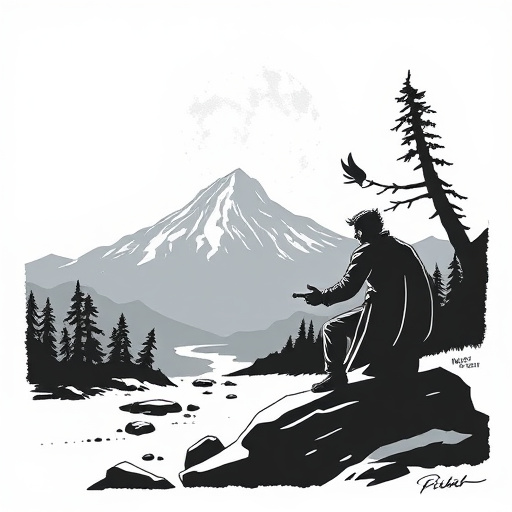
Direct-to-Film (DTF) prints are a cutting-edge method for creating high-quality, long-lasting images on various surfaces, especially glass and vinyl. Unlike traditional printing methods that require separate transfer layers, DTF technology enables direct application of ink to the desired medium, resulting in vibrant, durable finishes. This innovative process has gained popularity due to its versatility, allowing artists and designers to produce intricate, detailed artwork with precision.
DTF prints offer several advantages, including excellent color accuracy, fast drying times, and resistance to fading, making them suitable for both indoor and outdoor applications. The direct adhesion of the ink ensures a seamless, smooth finish, free from bubbles or visible lines. This technology is particularly valuable in industries like signage, vehicle wrapping, and decorative arts, where durability and visual appeal are paramount.
Factors Influencing Adhesion Time: An In-Depth Look

The duration required for proper adhesion in direct-to-film (DTF) transfers is influenced by several intricate factors, each playing a pivotal role in ensuring the longevity and integrity of the final print. One key aspect is the nature of the film itself; different materials have varying adhesive properties, necessitating specific application times. For instance, newer, more advanced films may possess improved adhesion capabilities, allowing for faster processing times compared to traditional options.
Furthermore, environmental conditions significantly impact adhesion duration. Temperature and humidity levels can affect both the drying process of the transfer and the overall stickiness of the adhesive. Optimal results are achieved when these factors are carefully controlled, ensuring the desired adhesion time for DTF prints. Additionally, the surface preparation method employed before application is crucial; thorough cleaning and priming ensure a strong bond between the film and the substrate, extending the lifespan of the transfer.
Ideal Conditions for Optimal Adhesion
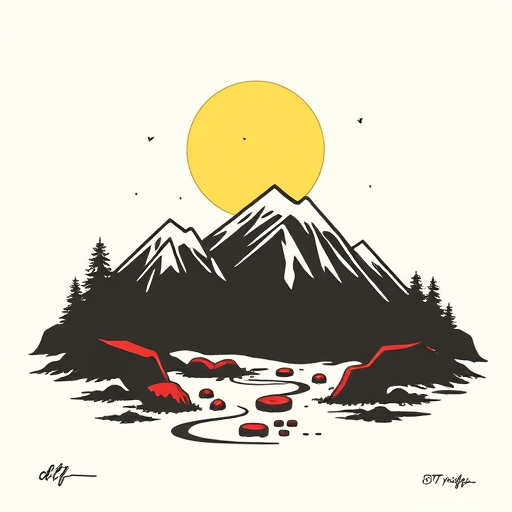
For optimal adhesion of direct-to-film (DTF) prints, it’s essential to maintain specific ideal conditions. The first crucial factor is temperature; applying the transfer at a consistent and warm temperature ensures the adhesive binds effectively to the substrate. Most DTF print materials recommend an application temperature between 130°F and 150°F (54°C to 65°C). This warmth facilitates the melting of the adhesive, creating a strong connection between the film and the base material.
Humidity levels also play a significant role in achieving maximum adhesion. A moderately humid environment helps prevent the adhesive from drying too quickly, allowing for better bonding. While excessive humidity can lead to bubbling or misalignment, maintaining a balanced level ensures the transfer sets properly. Additionally, ensuring proper surface preparation is vital; cleaning and decontaminating the substrate before application minimizes dust, oils, and impurities that could hinder adhesion, resulting in long-lasting, high-quality DTF prints.
Common Challenges and Their Solutions in DTF Transfer Adhesion
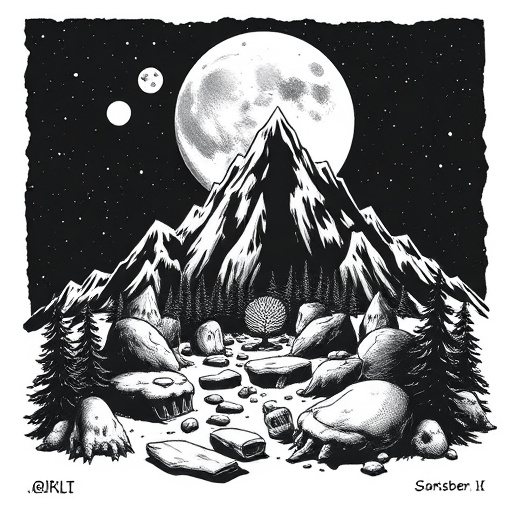
Direct-to-film (DTF) prints have revolutionized sign-making and graphics applications, offering a fast and efficient way to produce high-quality, long-lasting images on various surfaces. However, achieving proper adhesion for DTF transfers can be challenging due to several factors. One common issue is inadequate preparation of the substrate, which may result in bubbles, creases, or a weak bond. To overcome this, it’s crucial to clean and decontaminate the surface thoroughly, removing any dust, grease, or existing adhesives. Priming the substrate with an appropriate primer designed for DTF applications can also significantly improve adhesion.
Another challenge arises from variations in film and ink types, as well as environmental conditions. Different films have varying adhesive properties, and incompatible combinations can lead to delamination over time. Using high-quality, manufacturer-recommended materials and ensuring consistent temperature and humidity levels during application can prevent this. Additionally, allowing sufficient drying or curing time after application is essential for optimal adhesion, as it allows the adhesive to fully set and create a strong bond between the film and substrate.
Industry Standards and Recommended Durations

In the realm of direct-to-film (DTF) prints, establishing proper adhesion is paramount for long-lasting and visually appealing results. Industry standards recommend allowing a minimum of 24 hours for the adhesive to cure fully after application. This duration ensures that the transfer film fuses seamlessly with the base material, creating a durable bond. The recommended duration may vary depending on several factors, including the type of adhesive, environmental conditions, and the specific materials used.
For optimal adhesion, it’s crucial to consider the characteristics of both the transfer film and the substrate. Some adhesives might require longer drying times, especially in environments with lower temperatures or reduced humidity levels. Therefore, adhering strictly to manufacturer guidelines and allowing adequate cure time is essential for achieving superior DTF print quality and longevity.
Best Practices for Ensuring Long-Lasting Adhesion
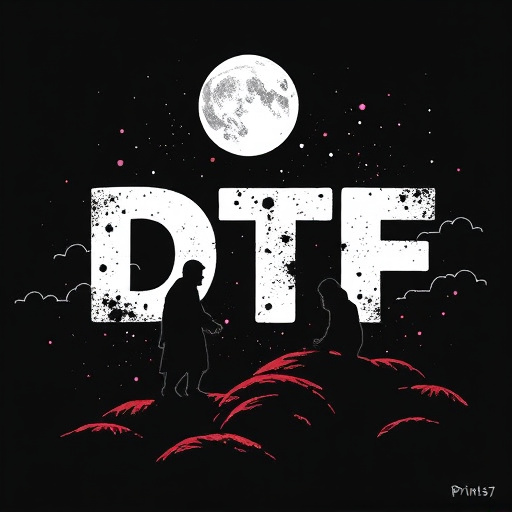
To ensure long-lasting adhesion for direct-to-film (DTF) prints, several best practices should be followed. First, it’s crucial to use high-quality transfer tape and adhesive designed specifically for DTF applications. This minimizes bubbles and ensures a strong bond between the print and the substrate. Additionally, proper surface preparation is vital; cleaning and de-greasing the film and the base material helps achieve maximum adhesion.
Before applying the transfer, allow ample time for the adhesive to set. Many adhesives require curing or drying periods, which can range from hours to even days, depending on the product. It’s also important to consider environmental factors like temperature and humidity, as these can impact adhesion. Maintaining optimal conditions throughout the process extends the lifespan of DTF prints.






